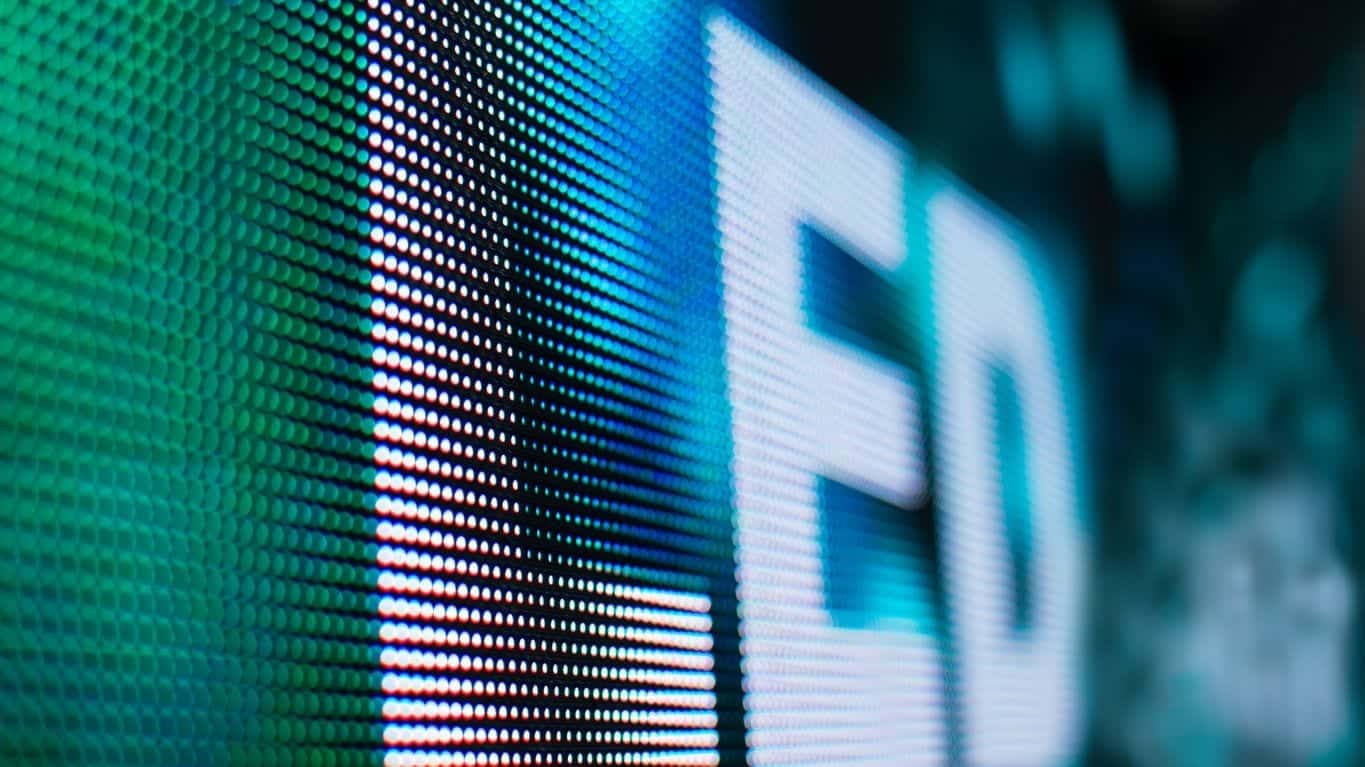When talking about image clarity, it is essential to consider pixel pitch, which is the distance between the center of one picture element to the midpoint of the following picture element. A reduced pixel pitch results in a greater resolution, enabling more clarity in the visuals shown. For example, an LED wall with a pixel spacing of 1.5mm will offer a sharper visual than one with a pixel pitch of 3mm. This is particularly crucial in settings where viewers are near to the screen, such as in a small venue or a exhibition event booth. In these cases, a higher resolution can significantly improve the observing quality.
Another aspect of resolution is its effect on hue precision and luminosity. LED walls with higher image clarity often have superior hue reproduction, meaning that the hues shown are more vibrant and true to life. This is crucial for uses like marketing, where the goal is to attract interest and communicate a concept effectively. Additionally, greater image clarity screens can maintain brightness levels even when seen from different perspectives. This is important in large venues where viewers may be positioned at various distances and positions from the display.

The performance of LED screens is also affected by image clarity in terms of update frequencies and reaction durations. A greater resolution check this link right here screen can support quicker update rates, which is crucial for dynamic content such as videos and motion graphics. This indicates that the visuals on the display will look more fluid and increasingly seamless, improving the total observing quality. In comparison, reduced image clarity screens may have difficulty with dynamic material, resulting in fuzziness or delay. Therefore, for occasions that depend on dynamic images, selecting a screen with a suitable resolution is vital.
In conclusion, resolution plays a vital role in determining the performance and image quality of LED screens. Elements such as picture spacing, hue precision, luminosity, update frequencies, and reaction times all contribute to how efficiently a display can convey data and capture audiences. As advancements continues to progress, grasping these factors will assist users select the right LED wall for their specific requirements, guaranteeing that they obtain the best potential results in their presentations and events.